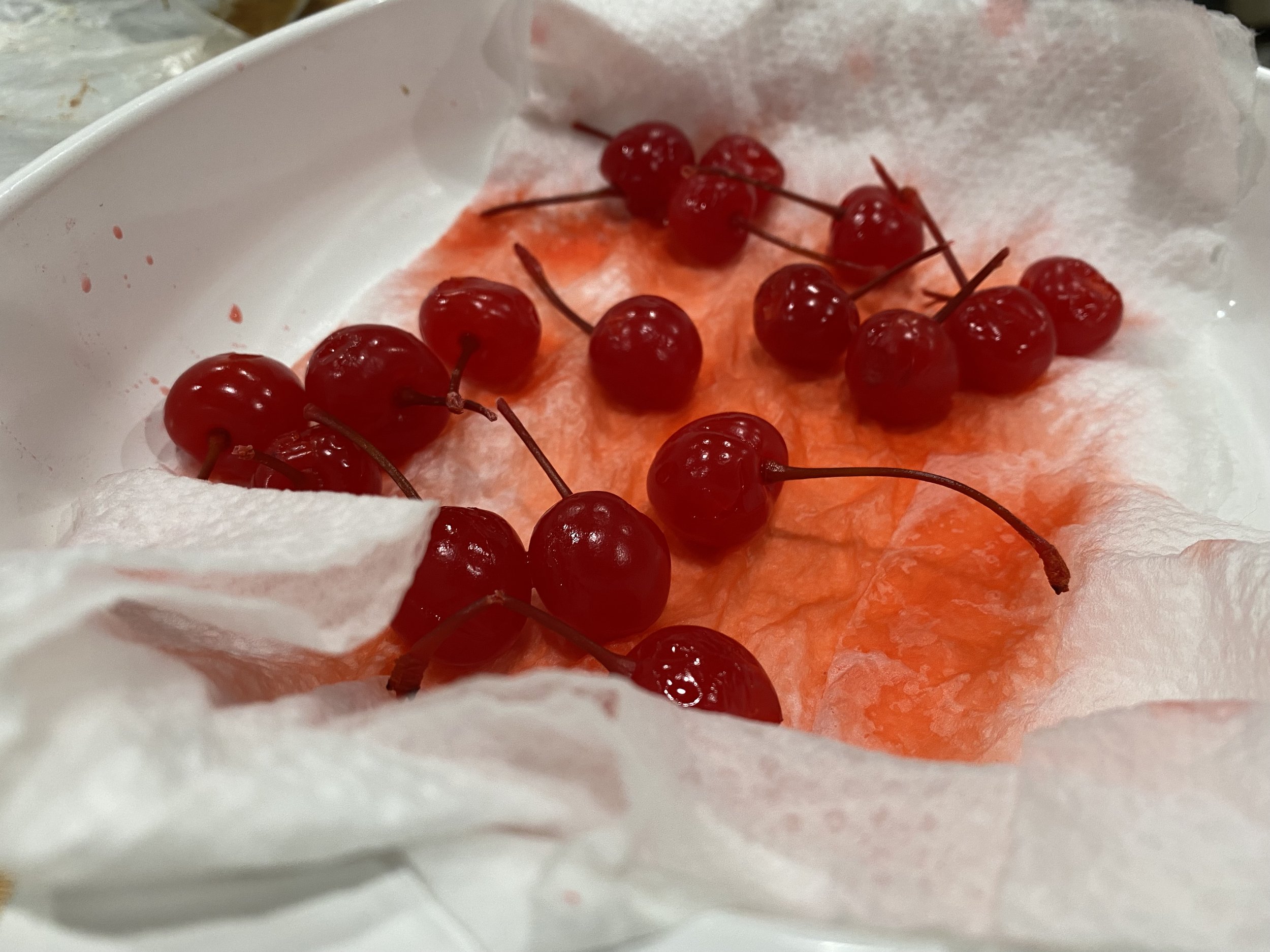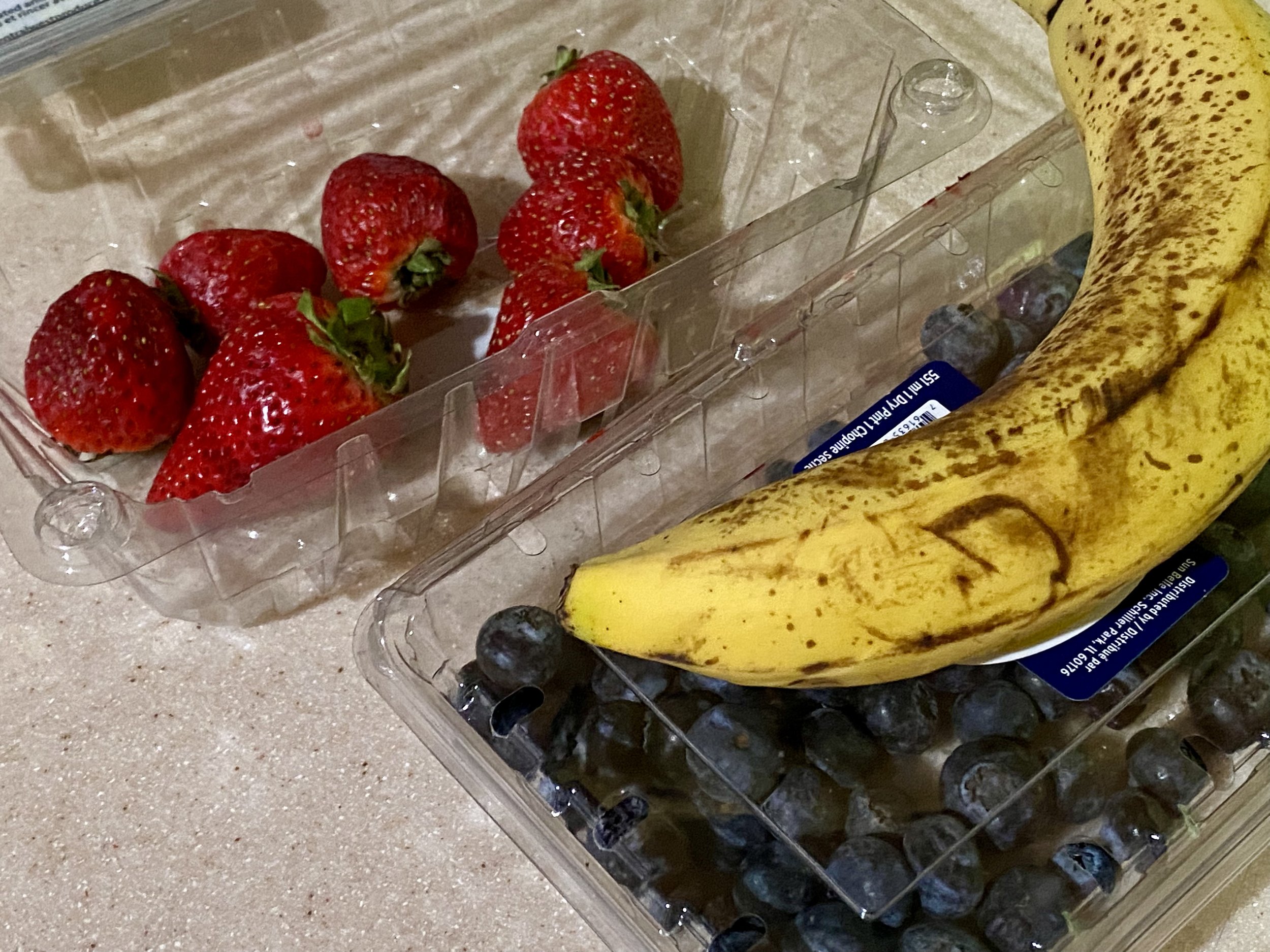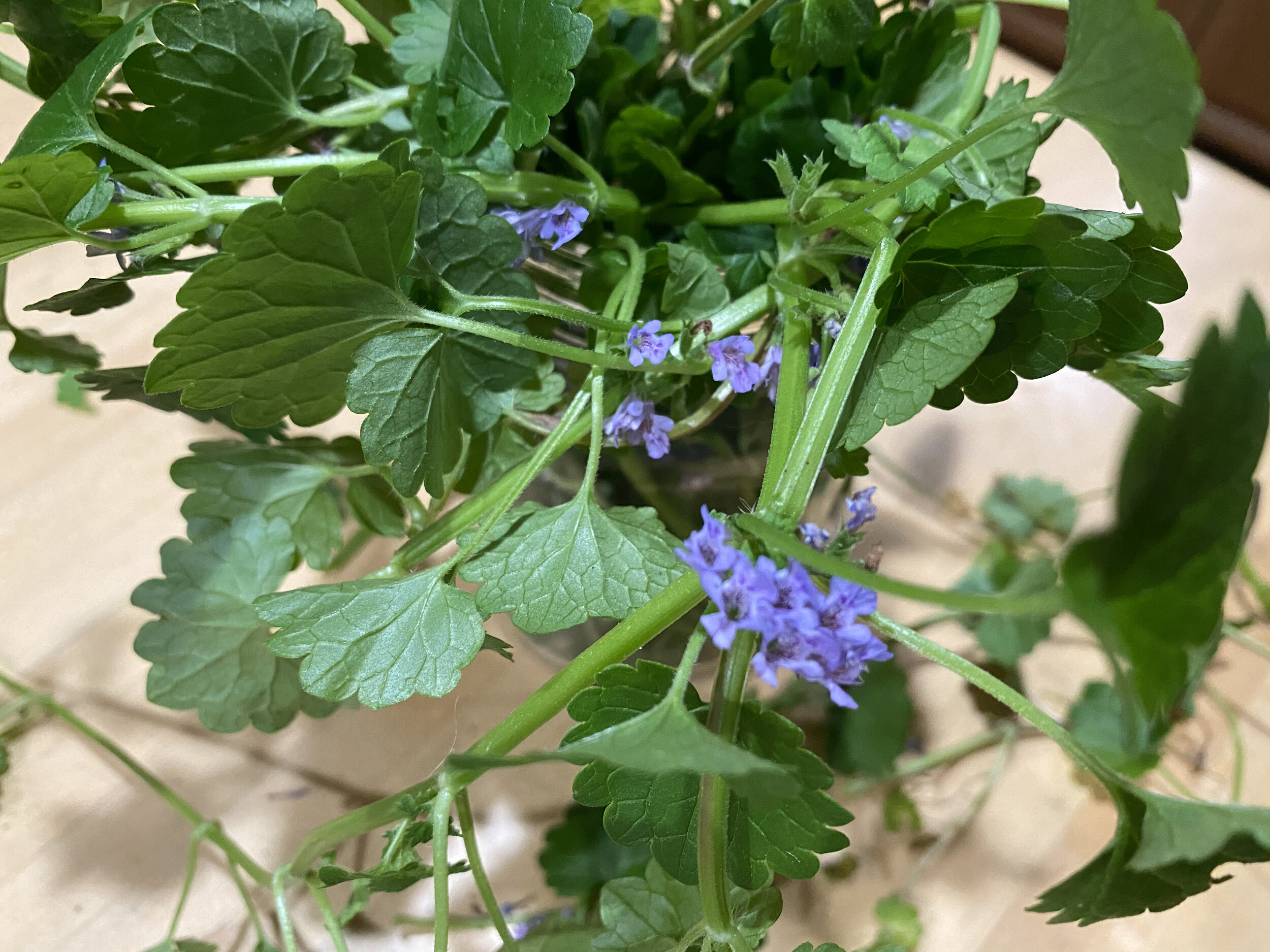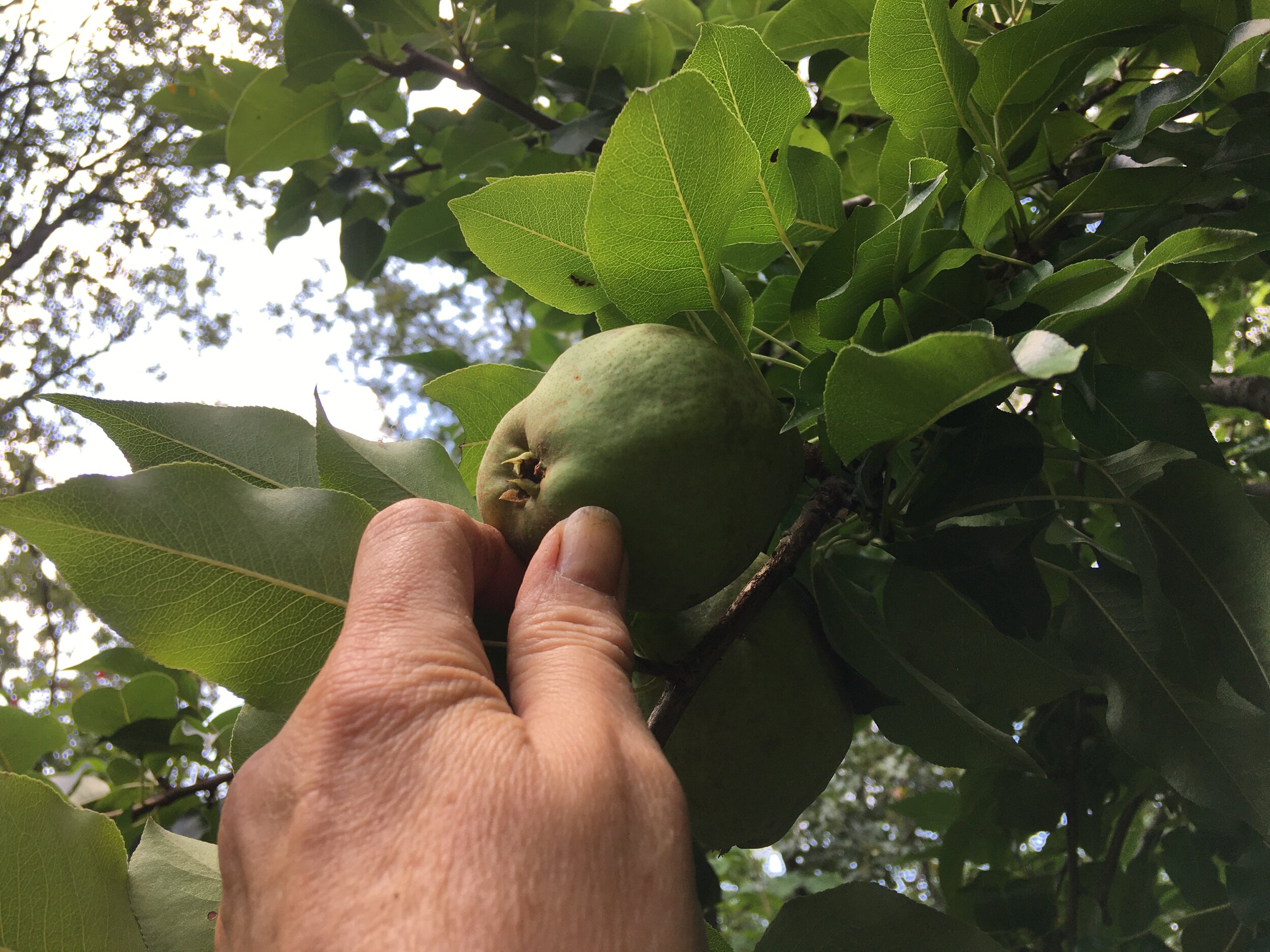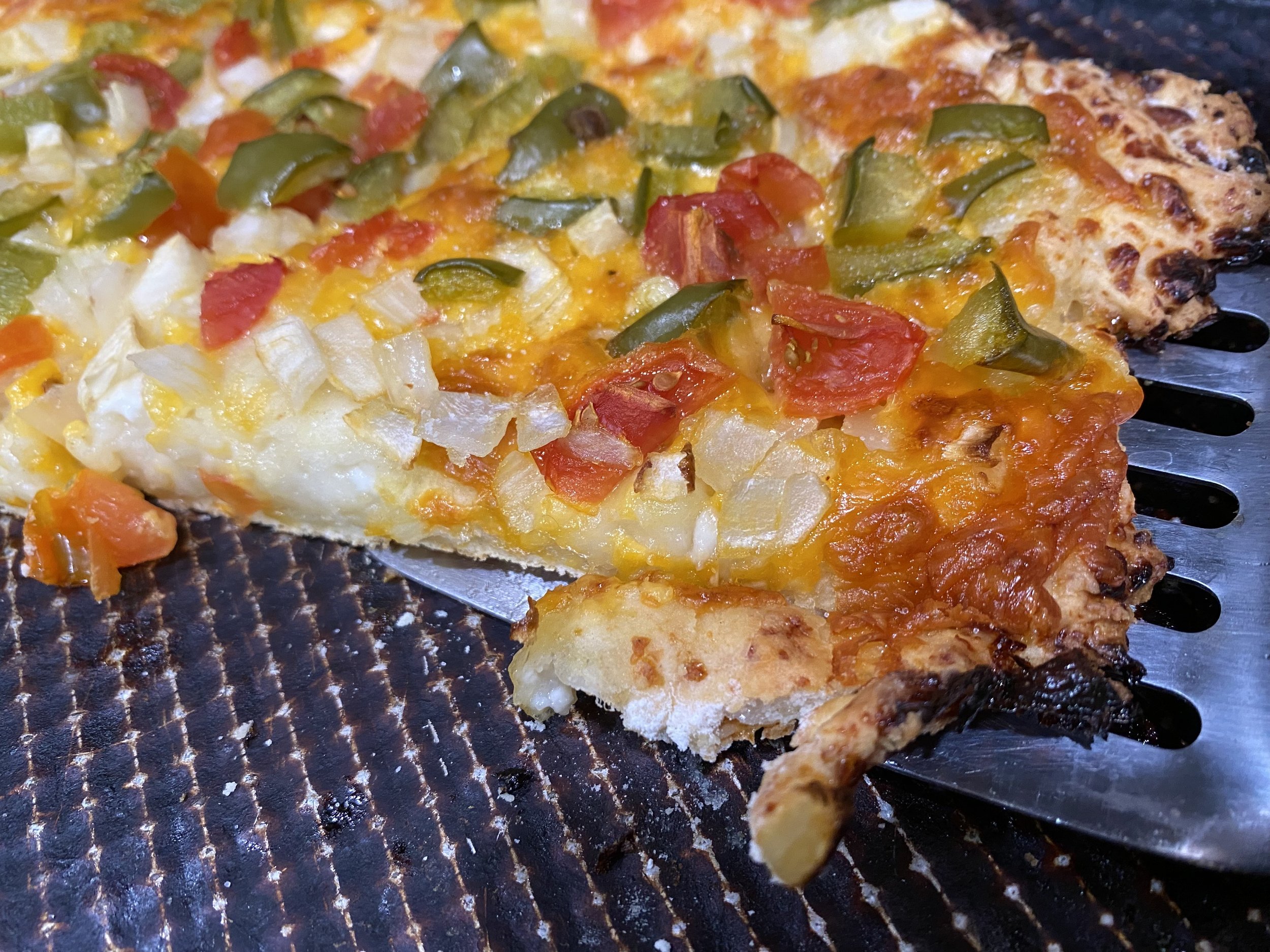Spaghetti Squash
/Meat balls on marinara sauce on spaghetti squash. (Charlotte Ekker Wiggins photo)
How to Cook Spaghetti Squash
So this is one of those things that I’ve wanted to do but haven’t until now. I don’t know why because this is one of the easiest things to cook and makes several meals.
There can be several yellow-looking squashes at your grocery store so make sure to check labels.
Check label to make sure the yellow squash is spaghetti squash. (Charlotte Ekker Wiggins photo)
After removing the label, I washed the outside because I will be baking it.
Cut in half and remove seeds. The inside is stringy but don’t worry about that, just remove, and save, the seeds.
Save seeds as you clean out each of the spaghetti squash halves. (Charlotte Ekker Wiggins photo)
Brush with extra virgin olive oil. Sprinkle with salt and black pepper. Turn the halves down on a cookie sheet.
Warm over to 400F.
Cook at 400F after brushing with olive oil, salt and pepper. (Charlotte Ekker Wiggins photo)
And here it is after baking for 40 minutes at 400F. (Charlotte Ekker Wiggins photo)
In my oven, 40 minutes was perfect to cook through without making the spaghetti squash mushy. You may have to cook for 30 minutes and then test to see if it needs more oven time.
Once cool, scoop out the strands with a fork starting from the outside. (Charlotte Ekker Wiggins photo)
Once cooled, the magic starts. Use a fork to gently remove the spaghetti strands from the squash.
And if you like to plant, save the seeds to plant later this year after danger of frost.
Dry seeds to plant later this season. (Charlotte Ekker Wiggins photo)
And what about taste and flavor?
The spaghetti squash was delicious as is, I’m going to use it as a side dish.
As the foundation for spaghetti sauce and meatless meat balls, I couldn’t tell the difference in flavor and texture between angel hair pasta and spaghetti squash.
Love having a new easy dish to make!













